Home>Gardening & Outdoor>Landscaping Ideas>How To Grow St. Augustine Grass In Florida
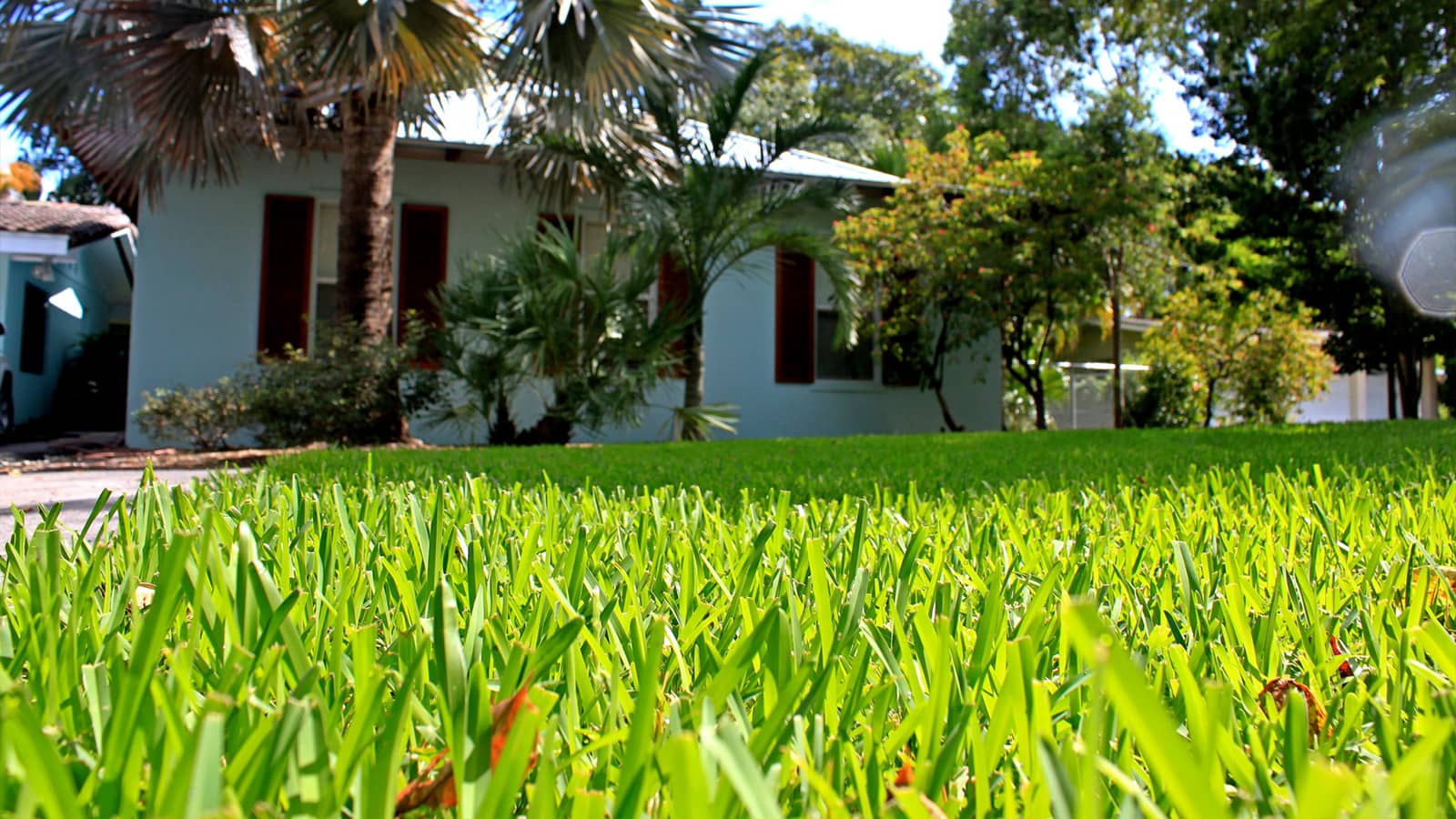

Landscaping Ideas
How To Grow St. Augustine Grass In Florida
Modified: February 18, 2024
Learn the best landscaping ideas for growing St. Augustine grass in Florida. Discover expert tips for a lush and vibrant lawn.
(Many of the links in this article redirect to a specific reviewed product. Your purchase of these products through affiliate links helps to generate commission for Storables.com, at no extra cost. Learn more)
Introduction
Welcome to the Sunshine State, where the warm climate and sandy soils create the perfect environment for cultivating lush, vibrant lawns. When it comes to choosing the ideal grass for your Florida landscape, St. Augustine grass stands out as a top contender. Its ability to thrive in the heat and humidity makes it a popular choice for homeowners across the state.
In this comprehensive guide, we will delve into the art of growing St. Augustine grass in Florida. From understanding the unique characteristics of this grass variety to mastering the essential steps for successful cultivation, you will gain valuable insights to help you achieve a stunning lawn that can withstand the demands of the Florida climate.
Whether you are a seasoned green thumb or a novice gardener, this article will equip you with the knowledge and techniques needed to foster a flourishing St. Augustine grass lawn. So, roll up your sleeves, grab your gardening gloves, and let’s embark on this greenery-filled journey together!
Key Takeaways:
- Choose the right St. Augustine grass variety for your Florida lawn based on sun exposure, shade patterns, and soil type to ensure successful growth and long-term vitality.
- Prepare the soil by testing, loosening, amending, and leveling to create an optimal environment for St. Augustine grass, setting the stage for a vibrant and resilient lawn.
Read more: How To Grow St Augustine Grass
Understanding St. Augustine Grass
Before diving into the nitty-gritty of growing St. Augustine grass, it’s essential to grasp the fundamental characteristics of this resilient and visually appealing grass variety. St. Augustine grass, scientifically known as Stenotaphrum secundatum, is celebrated for its lush, dense growth and vibrant green hue. Its broad, flat blades create a carpet-like appearance, making it a sought-after choice for lawns in Florida.
One of the key attributes that sets St. Augustine grass apart is its exceptional tolerance to heat, making it well-suited for the warm and humid climate of Florida. This grass variety also exhibits impressive shade tolerance, thriving in areas with moderate tree cover or buildings that may cast shadows across the lawn.
Moreover, St. Augustine grass is known for its rapid growth and ability to spread efficiently, aiding in the establishment of a thick, uniform lawn. Its robust growth habit helps in outcompeting weeds, contributing to a more weed-resistant lawn when properly cared for.
While St. Augustine grass boasts numerous advantages, it is important to note that it requires a moderate level of maintenance to keep it looking its best. Regular mowing, watering, and fertilization are essential components of nurturing a vibrant St. Augustine grass lawn.
By understanding the unique traits of St. Augustine grass, you can tailor your lawn care practices to cater to its specific needs, ensuring that it flourishes and enhances the beauty of your outdoor space. Armed with this knowledge, you are ready to embark on the journey of selecting the right variety of St. Augustine grass for your Florida lawn.
Choosing the Right Variety for Florida
When it comes to selecting the ideal variety of St. Augustine grass for your Florida lawn, several factors come into play. Each variety offers distinct attributes that cater to different preferences and environmental conditions. Let’s explore some of the popular St. Augustine grass varieties that thrive in the Florida climate:
- Floratam: This widely favored variety is well-suited for the heat and humidity of Florida. Floratam exhibits excellent disease resistance and thrives in full sun, making it an ideal choice for sunny lawns.
- Palmetto: Known for its shade tolerance and rich emerald green color, Palmetto is a top contender for lawns with moderate tree cover or areas that receive partial sunlight.
- Bitterblue: With its fine texture and impressive cold tolerance, Bitterblue is a suitable option for regions in Florida that may experience occasional cold spells.
- Seville: This low-maintenance variety boasts a compact growth habit and is well-adapted to both sunny and moderately shaded areas, making it a versatile choice for Florida lawns.
Before making a selection, consider the specific growing conditions of your lawn, such as sun exposure, shade patterns, and soil type. By choosing a variety that aligns with your lawn’s unique environment, you can set the stage for successful growth and long-term vitality.
It’s also beneficial to consult with local gardening experts or turf professionals to gain insights into the most suitable St. Augustine grass variety for your Florida lawn. Their expertise can provide valuable guidance in making an informed decision that aligns with your preferences and the specific requirements of your outdoor space.
By carefully evaluating the attributes of each St. Augustine grass variety and considering the environmental factors at play, you can make a well-informed choice that paves the way for a thriving and visually captivating lawn. With the right variety in place, you are ready to embark on the next crucial step: preparing the soil for successful St. Augustine grass cultivation.
Preparing the Soil
Before introducing St. Augustine grass to your Florida landscape, it’s essential to lay the groundwork for optimal growth by preparing the soil. The following steps will guide you through the process of creating a nourishing environment that sets the stage for a vibrant and resilient lawn:
- Soil Testing: Begin by conducting a soil test to assess the pH level and nutrient content of your soil. This valuable insight will inform the necessary amendments to optimize the soil conditions for St. Augustine grass.
- Loosening the Soil: Use a garden tiller or a spade to loosen the soil to a depth of around 4-6 inches. This practice promotes better root penetration and overall soil aeration, which are vital for healthy grass growth.
- Amending the Soil: Based on the results of the soil test, incorporate organic matter, such as compost or well-rotted manure, to improve the soil structure and enhance its nutrient content. Additionally, adjust the pH level as recommended for St. Augustine grass, typically within the slightly acidic to neutral range.
- Leveling the Surface: Smooth out the soil surface using a rake to create a uniform and level base for planting. This step facilitates even growth and mowing once the grass is established.
By diligently preparing the soil, you create an environment that supports robust root development and nutrient uptake, laying the foundation for a thriving St. Augustine grass lawn. With the soil primed for optimal growth, you are now ready to embark on the next crucial phase: planting St. Augustine grass in your Florida lawn.
Planting St. Augustine Grass
As you embark on the exciting journey of planting St. Augustine grass in your Florida lawn, it’s important to approach the process with care and precision to ensure the establishment of a healthy and vibrant turf. Follow these essential steps to plant St. Augustine grass with confidence:
- Selecting Quality Sod or Plugs: When opting for sod, choose fresh, healthy turf with dense root systems. If using plugs, ensure they are free from disease and have well-developed roots to facilitate successful establishment.
- Timing Is Key: Aim to plant St. Augustine grass during the active growing season, typically in late spring or early summer. This timing allows the grass to take root and thrive in the warm, favorable conditions.
- Proper Spacing: Whether planting sod or plugs, ensure proper spacing to encourage uniform coverage and minimize the need for excessive filling in gaps as the grass matures.
- Thorough Watering: Immediately after planting, provide generous watering to facilitate root establishment. Keep the soil consistently moist in the initial weeks to support the grass as it acclimates to its new environment.
- Monitor and Nurture: Regularly inspect the newly planted grass for signs of stress or inadequate moisture. Adjust your watering regimen as needed to promote healthy growth and prevent the onset of dry patches.
By adhering to these guidelines, you can lay the groundwork for a successful St. Augustine grass establishment, fostering a dense and resilient lawn that enhances the beauty of your Florida landscape. With the grass firmly rooted and thriving, the next crucial steps involve nurturing its growth through proper watering and fertilization.
Water your St. Augustine grass deeply and infrequently, about 1-1.5 inches per week, to encourage deep root growth and drought tolerance. Avoid frequent shallow watering to prevent shallow root development.
Read more: What Helps St. Augustine Grass Grow
Watering and Fertilizing
Proper watering and fertilization are pivotal in nurturing the growth and vitality of St. Augustine grass in your Florida lawn. By adhering to best practices for watering and providing essential nutrients, you can ensure that your grass thrives in the warm and often humid climate of the Sunshine State.
- Watering Guidelines: St. Augustine grass benefits from deep, infrequent watering to encourage robust root development. Aim to provide around 1 inch of water per week, either through rainfall or irrigation. During dry spells, adjust your watering schedule to prevent the grass from experiencing prolonged moisture stress.
- Early Morning Watering: Schedule watering sessions in the early morning to allow the grass blades to dry during the day, reducing the risk of fungal diseases that thrive in moist conditions.
- Fertilization Practices: Apply a high-quality, slow-release fertilizer specifically formulated for St. Augustine grass. Follow the recommended application rates and timing to provide the grass with essential nutrients for sustained growth and vibrant color.
- Seasonal Adjustments: Tailor your fertilization schedule to align with the distinct growth phases of St. Augustine grass. In Florida, consider fertilizing in late spring and early fall to coincide with the periods of active growth and recovery from summer stress.
By adhering to these watering and fertilization practices, you can create an environment that supports the long-term health and beauty of your St. Augustine grass lawn. Consistent and attentive care will yield a lush, resilient turf that enhances the allure of your outdoor space, providing a verdant oasis in the Florida landscape.
Mowing and Maintenance
Effective mowing and consistent maintenance practices play a pivotal role in nurturing a healthy and visually appealing St. Augustine grass lawn in your Florida landscape. By following these guidelines, you can ensure that your grass remains vibrant and resilient, enhancing the overall allure of your outdoor space:
- Optimal Mowing Height: Set your mower blade to maintain a grass height of around 3.5 to 4 inches for St. Augustine grass. This height range promotes the development of a dense turf and aids in shading the soil, reducing weed growth and conserving moisture.
- Mowing Frequency: Aim to mow the grass regularly, adjusting the frequency based on its growth rate. Avoid removing more than one-third of the grass blade length in a single mowing session to prevent stress and maintain the grass’s vigor.
- Sharpen Mower Blades: Keep your mower blades sharp to ensure clean cuts, which contribute to the overall health of the grass and minimize the risk of disease and discoloration.
- Regular Maintenance Tasks: Conduct routine maintenance activities, such as edging, to maintain clean and defined lawn borders. Additionally, remove debris and thatch to promote air circulation and prevent the accumulation of organic matter that can impede grass growth.
By adhering to these mowing and maintenance practices, you can foster the development of a lush, resilient St. Augustine grass lawn that serves as a stunning focal point in your Florida landscape. The next crucial aspect involves being prepared to address common issues that may arise, safeguarding the long-term health and beauty of your grass.
Dealing with Common Issues
While St. Augustine grass thrives in the warm and humid climate of Florida, it is susceptible to certain common issues that can impact its health and appearance. By being proactive and attentive, you can effectively address these challenges, ensuring that your grass remains vibrant and resilient. Here’s how to tackle some prevalent issues encountered with St. Augustine grass:
- Chinch Bugs: Keep an eye out for signs of chinch bug infestations, such as yellowing and thinning grass. If detected, consider applying targeted insecticides to control these pests and protect the health of your lawn.
- Fungal Diseases: St. Augustine grass is prone to fungal infections, particularly in humid conditions. To mitigate the risk of diseases such as brown patch or gray leaf spot, ensure proper air circulation, avoid overwatering, and promptly address any signs of fungal activity with appropriate fungicidal treatments.
- Weed Management: Stay vigilant against weed encroachment and implement proactive measures to control and prevent weed growth. Utilize selective herbicides tailored for St. Augustine grass to manage common weeds while safeguarding the health of your turf.
- Environmental Stress: Periods of extreme heat, drought, or cold can stress St. Augustine grass, impacting its vigor and color. Implement appropriate watering practices, provide supplemental irrigation during dry spells, and refrain from mowing when the grass is under stress to support its recovery.
By actively addressing these common issues and promptly implementing targeted solutions, you can safeguard the long-term health and visual appeal of your St. Augustine grass lawn. With a proactive approach and attentive care, you can cultivate a vibrant and resilient turf that thrives in the Florida climate, enriching the beauty of your outdoor oasis.
Conclusion
Congratulations on embarking on the rewarding journey of cultivating St. Augustine grass in the vibrant landscape of Florida. By delving into the nuances of this resilient and visually captivating grass variety, you have gained valuable insights into the art of nurturing a lush and vibrant lawn that thrives in the warm and often humid climate of the Sunshine State.
From selecting the right variety tailored to your lawn’s unique conditions to meticulously preparing the soil and planting with care, you have laid the foundation for a flourishing St. Augustine grass lawn. By embracing best practices for watering, fertilizing, mowing, and maintenance, you are poised to foster a verdant oasis that enhances the allure of your outdoor space.
As you navigate the nuances of St. Augustine grass care, remain attuned to the common issues that may arise, from pest infestations to environmental stress. By addressing these challenges proactively and effectively, you can safeguard the long-term health and vibrancy of your grass, ensuring that it remains a resilient and captivating centerpiece of your Florida landscape.
Armed with this comprehensive guide and a passion for cultivating thriving outdoor spaces, you are well-equipped to embark on this greenery-filled journey with confidence and enthusiasm. Embrace the art of St. Augustine grass cultivation, and revel in the beauty of a vibrant and resilient lawn that stands as a testament to your dedication and green-thumb prowess in the dynamic tapestry of the Florida environment.
May your St. Augustine grass flourish and thrive, adding a touch of natural splendor to your Florida abode and creating an inviting haven for relaxation, recreation, and cherished moments amidst the verdant embrace of your outdoor sanctuary.
Frequently Asked Questions about How To Grow St. Augustine Grass In Florida
Was this page helpful?
At Storables.com, we guarantee accurate and reliable information. Our content, validated by Expert Board Contributors, is crafted following stringent Editorial Policies. We're committed to providing you with well-researched, expert-backed insights for all your informational needs.
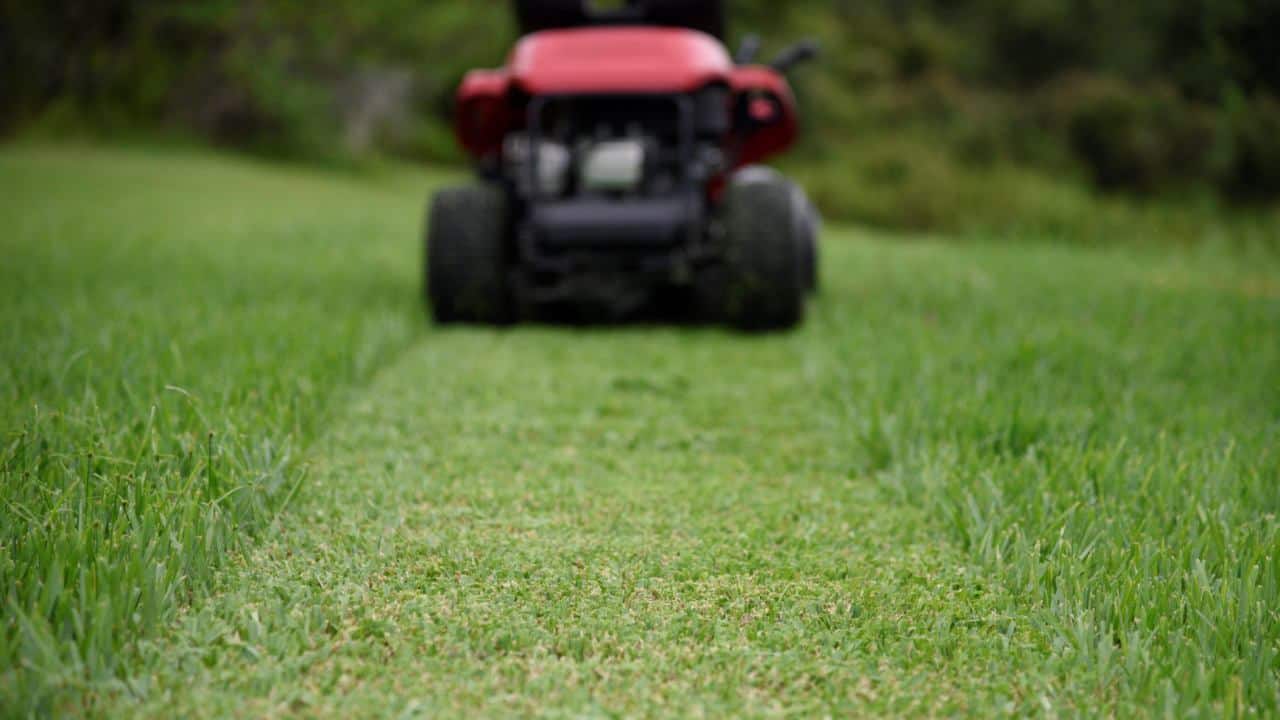
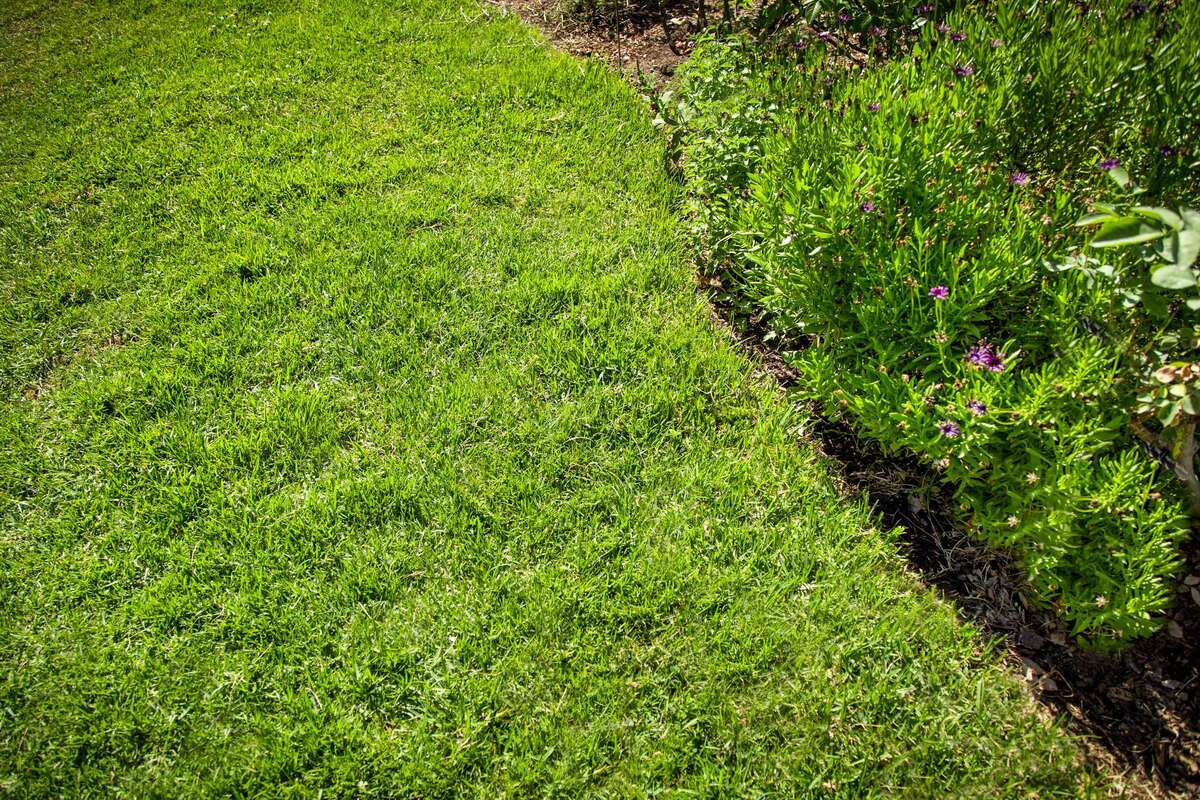
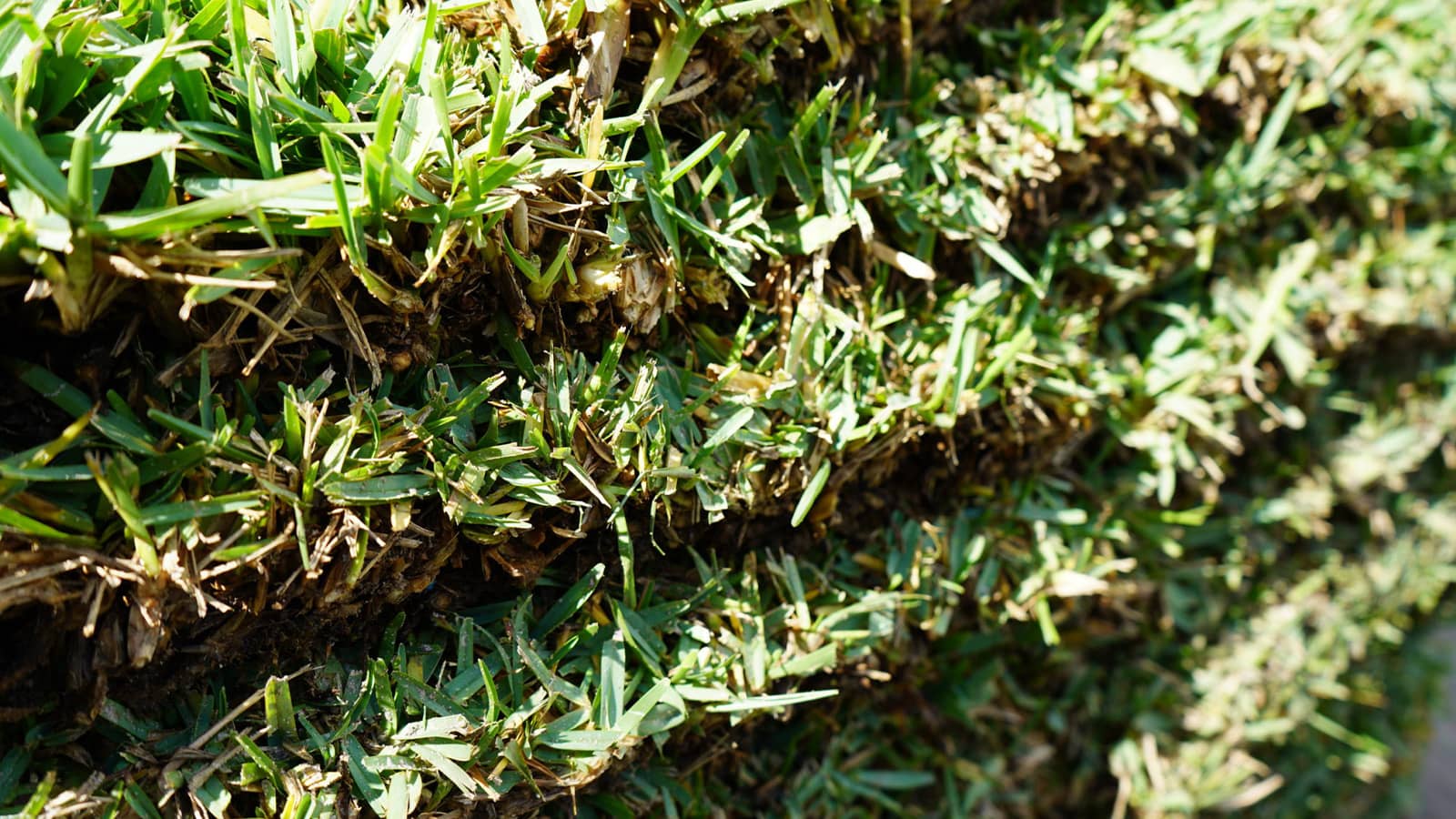
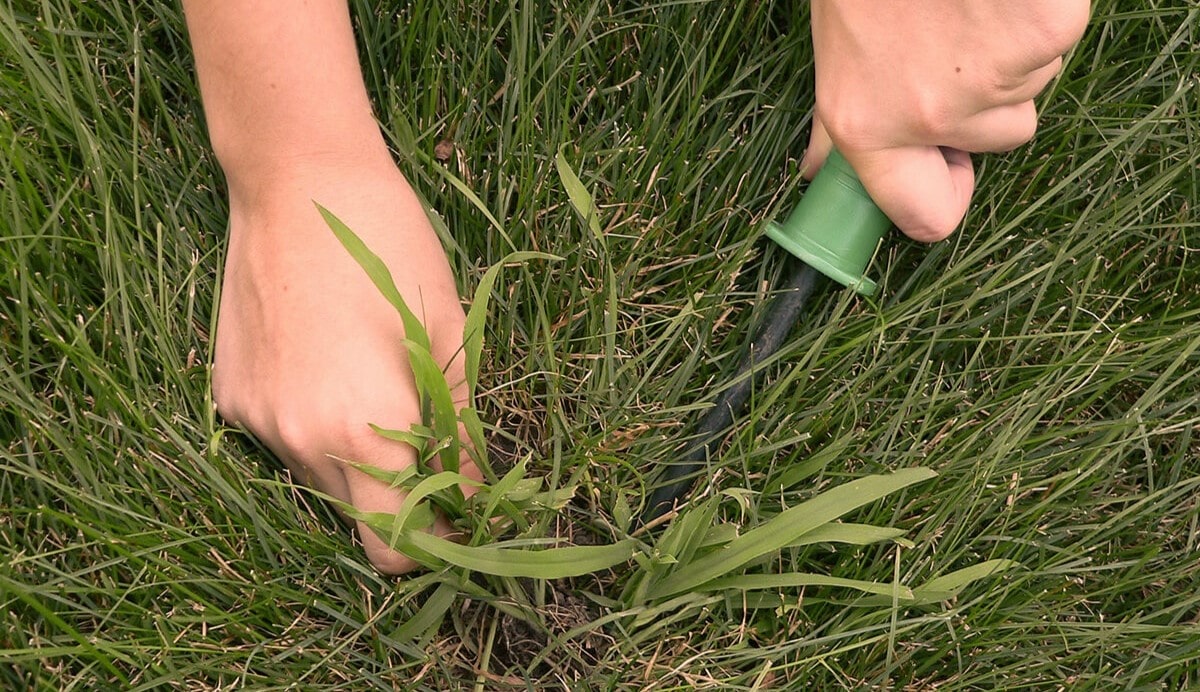
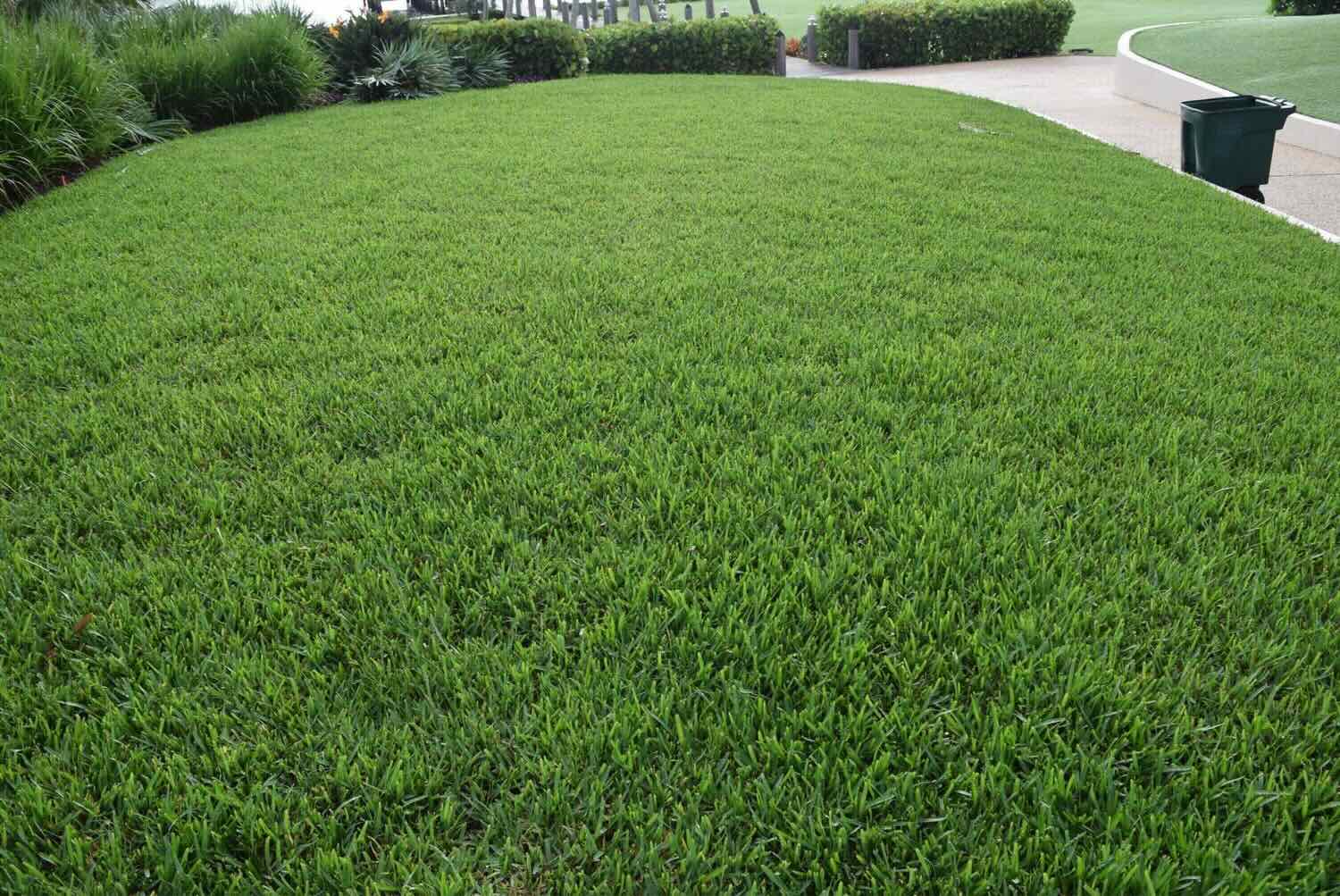
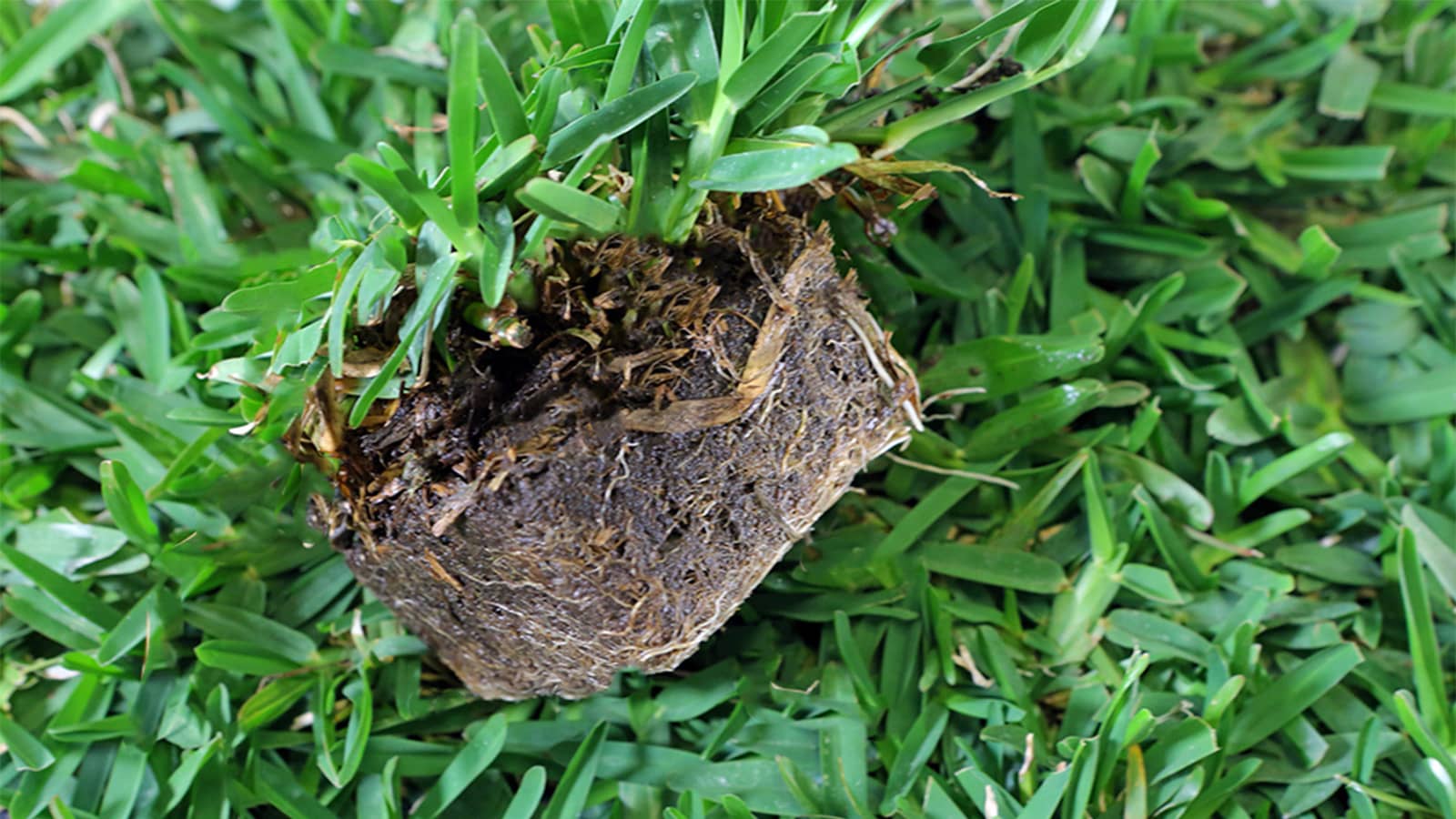
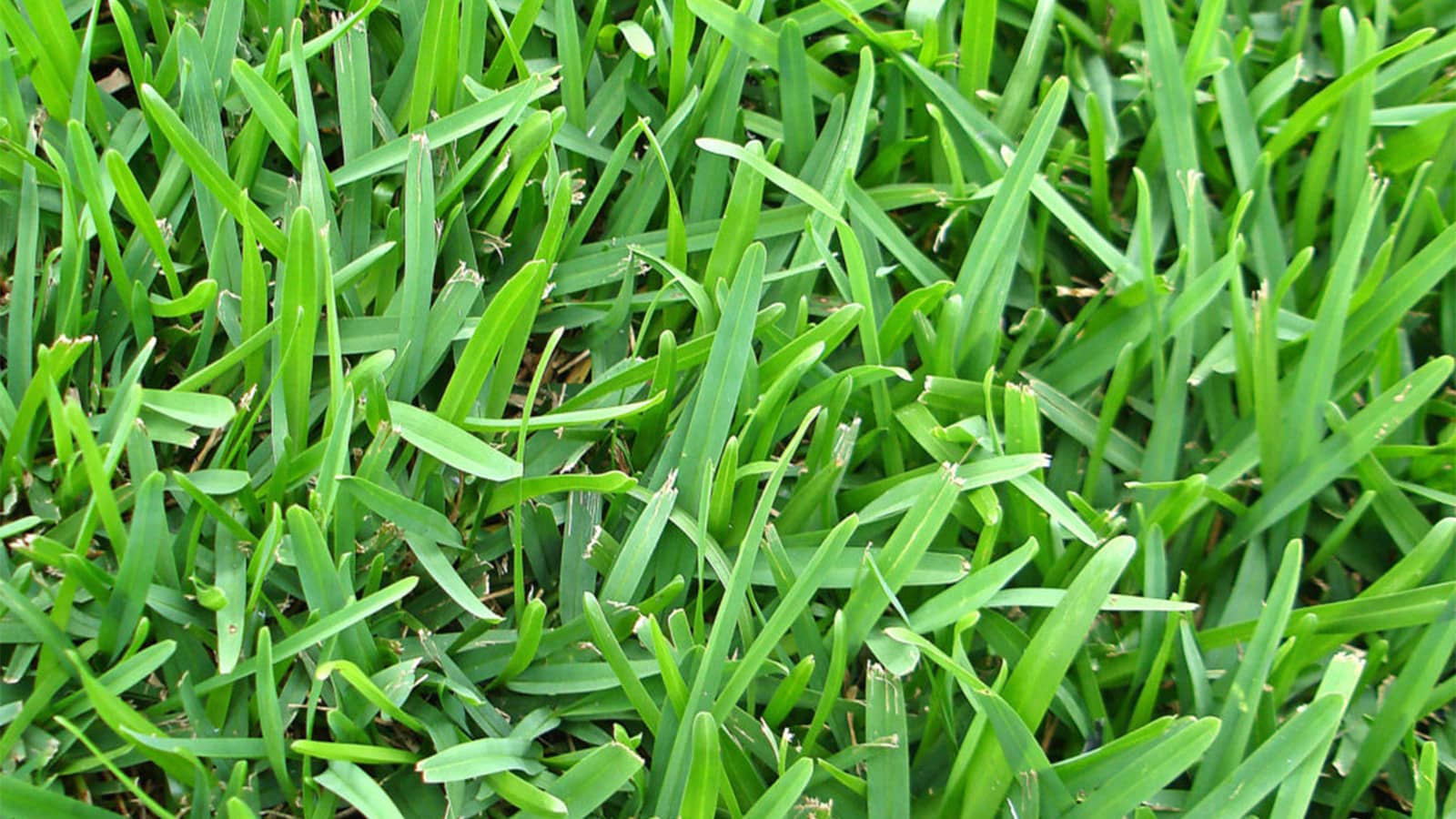
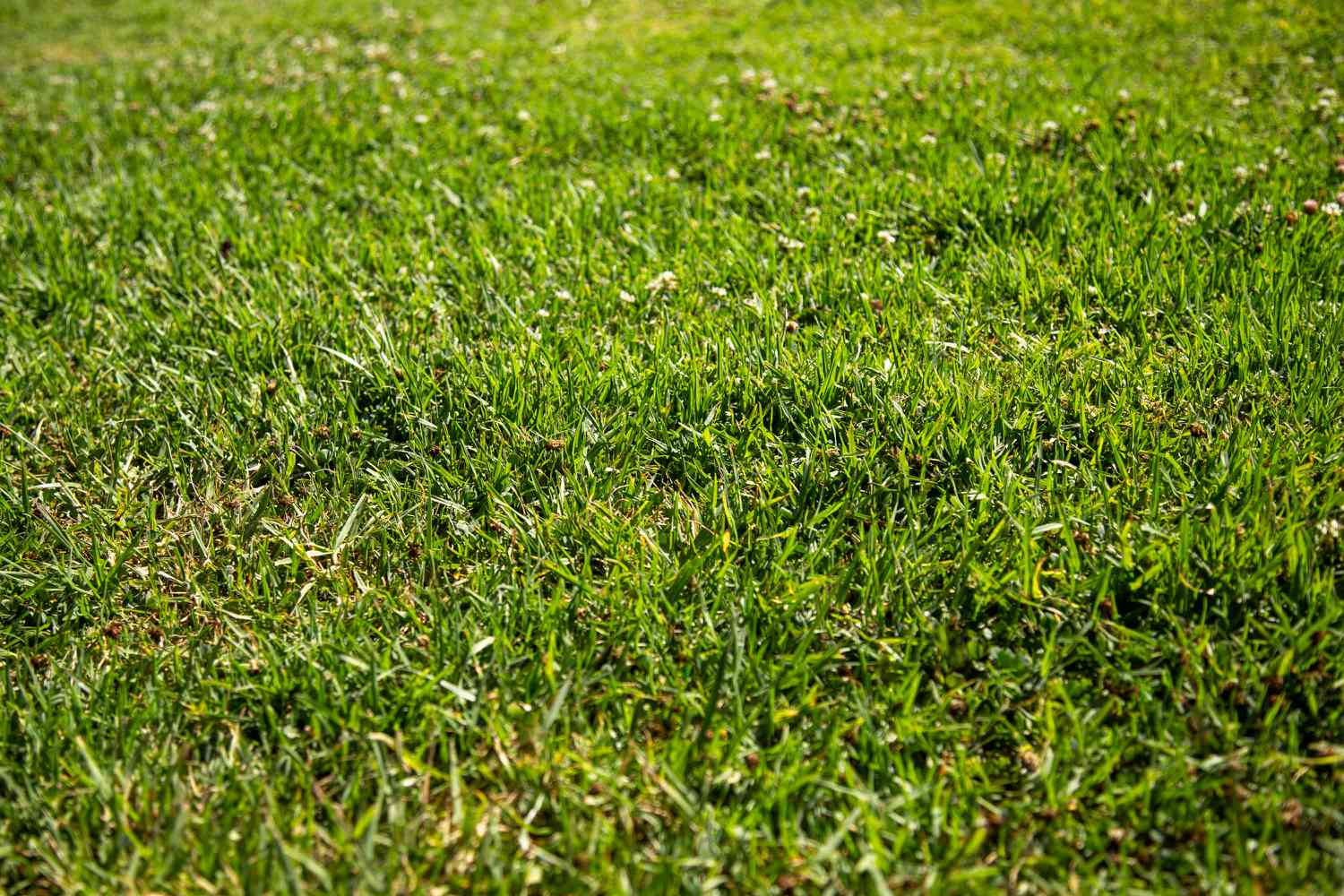
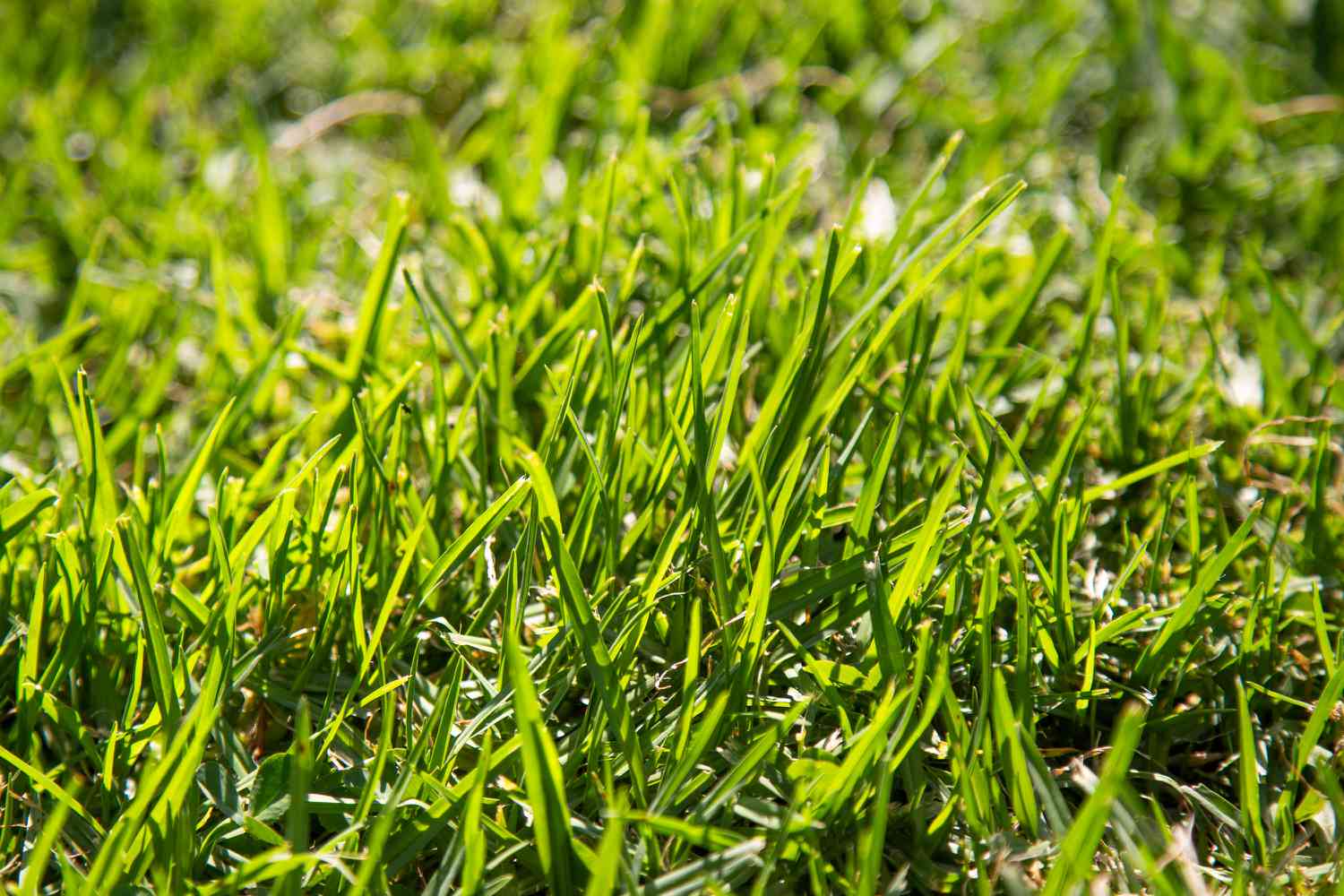
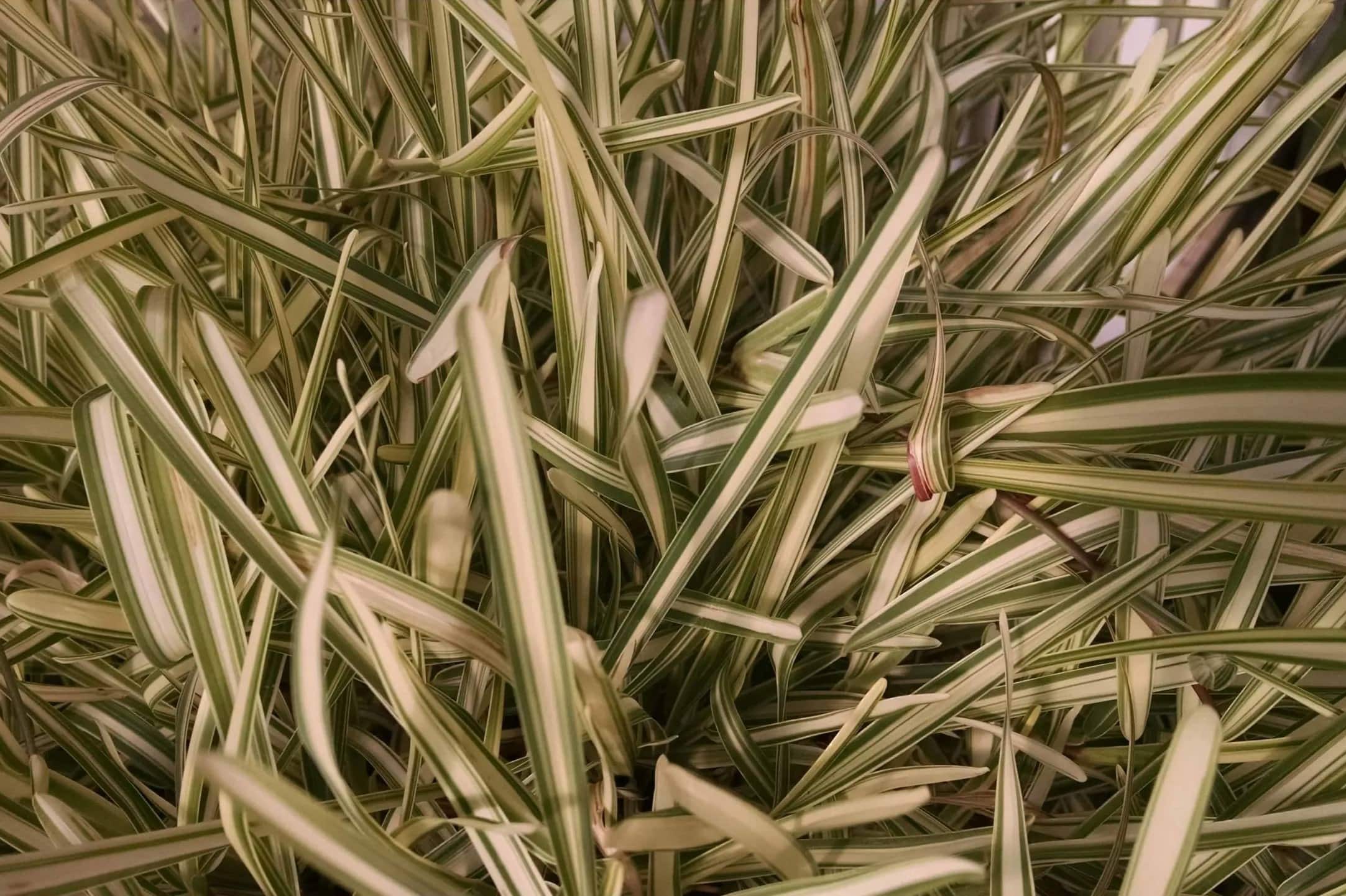
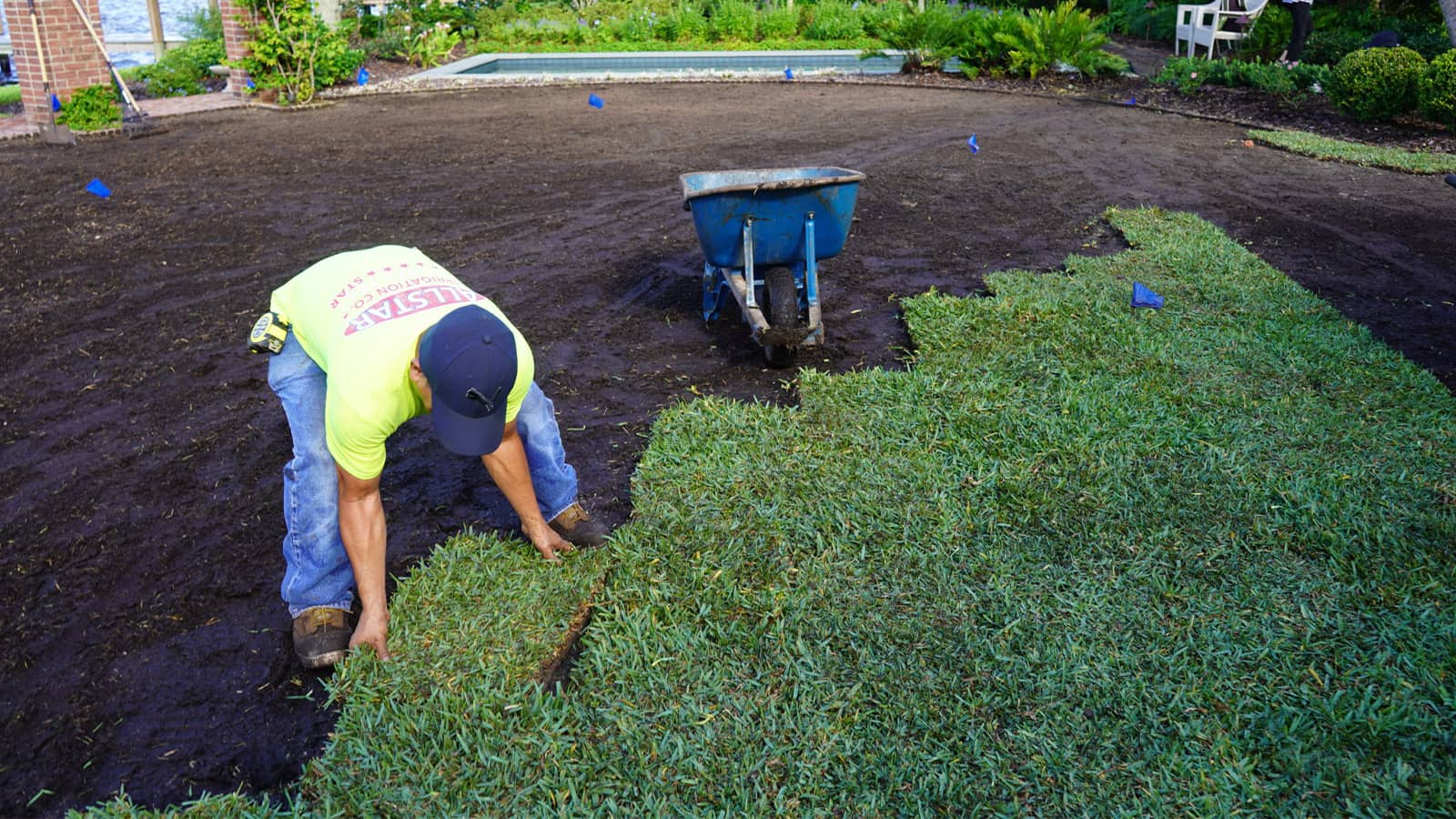
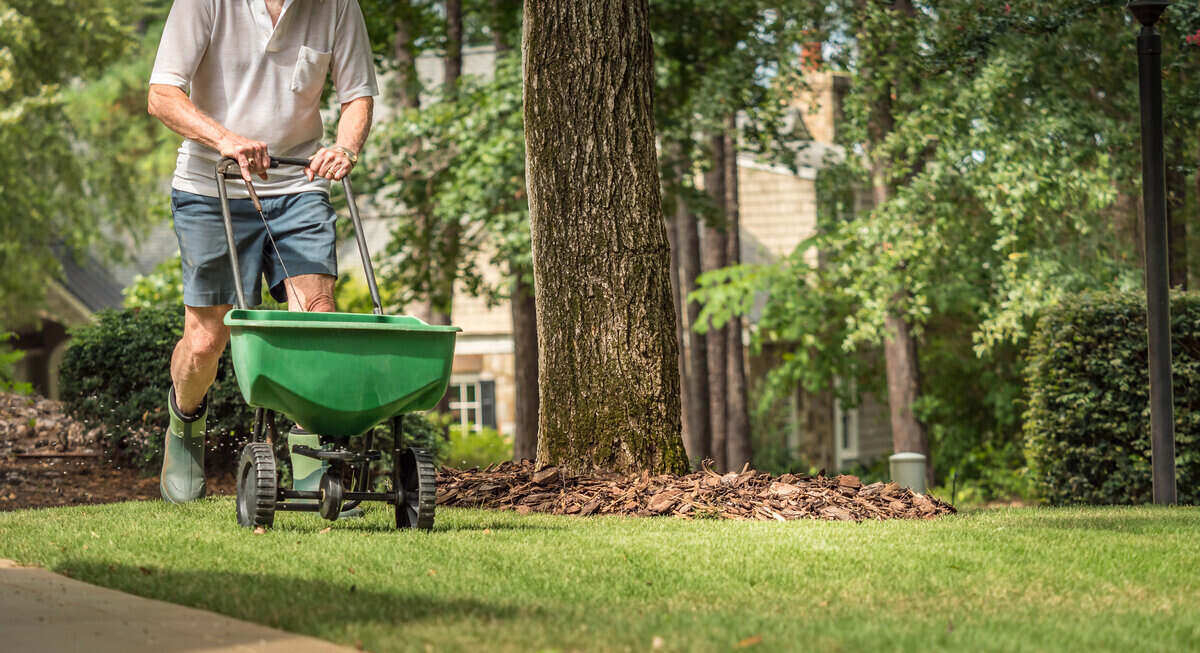
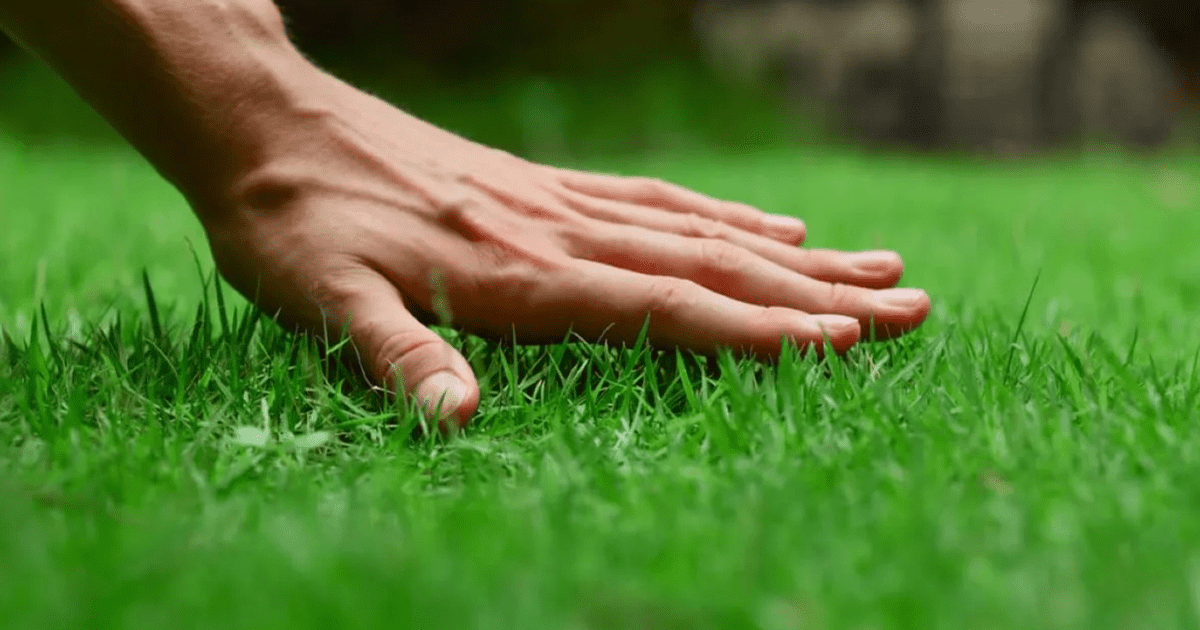
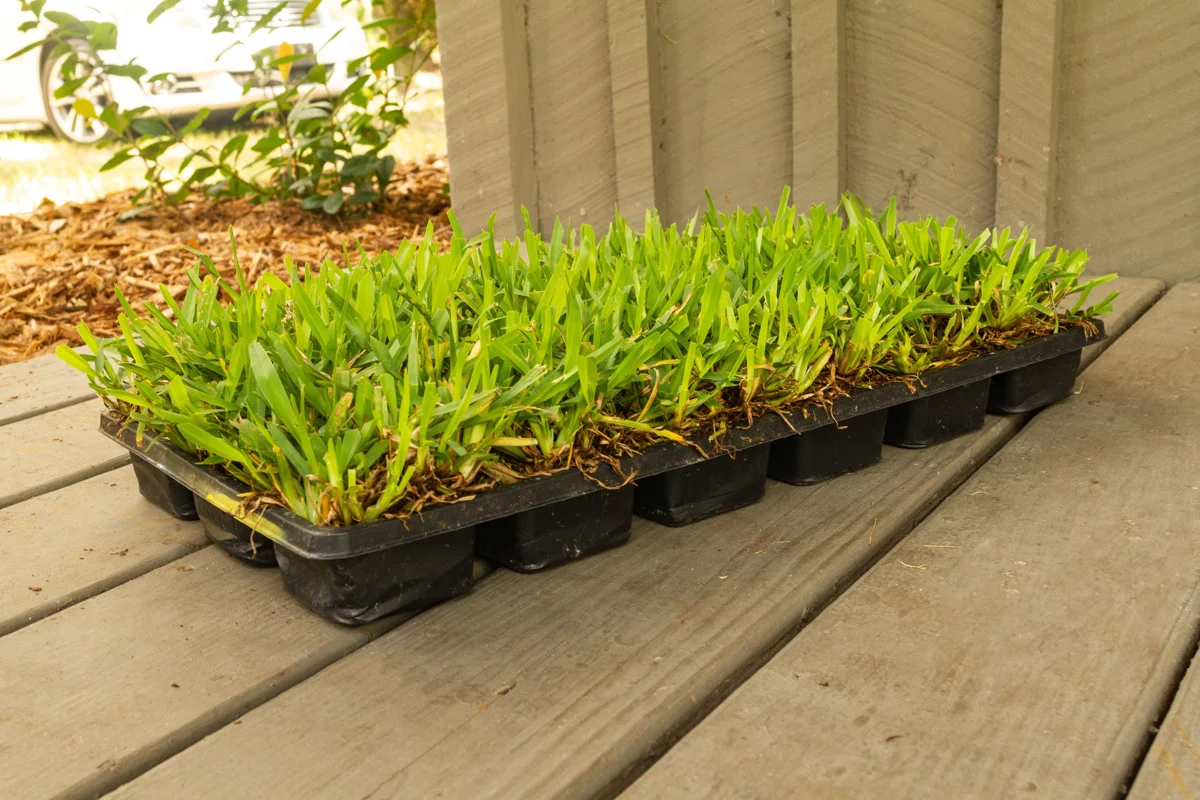

0 thoughts on “How To Grow St. Augustine Grass In Florida”